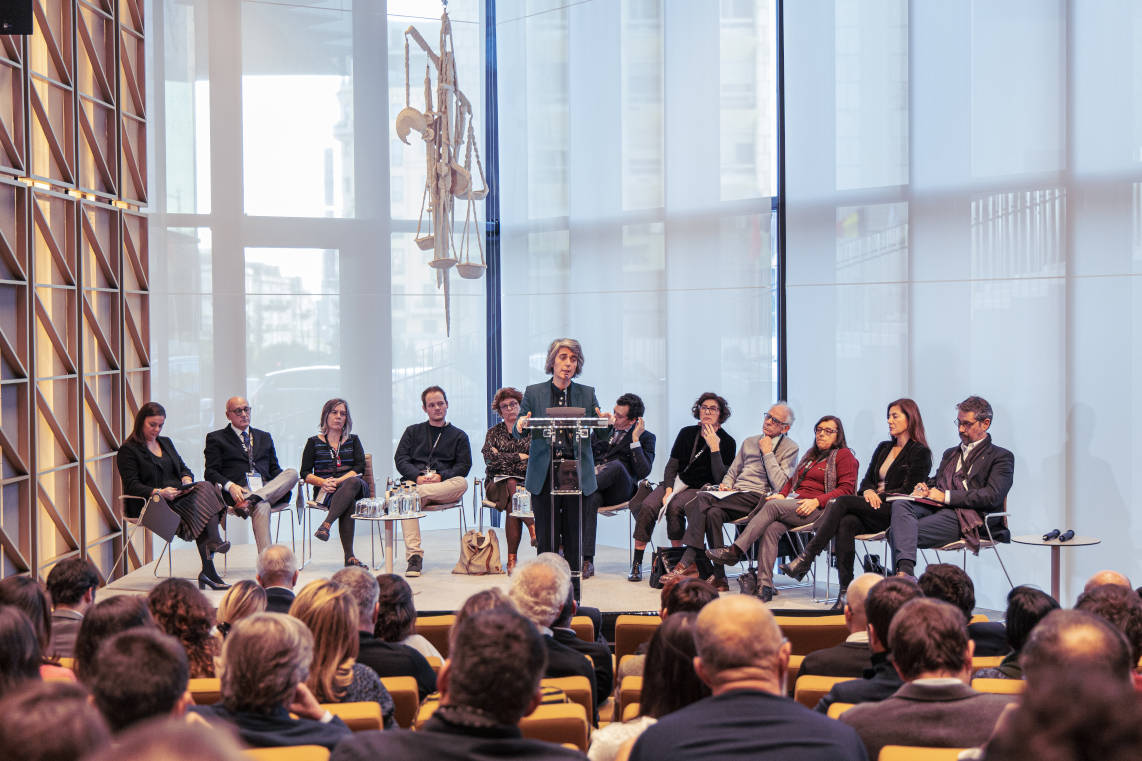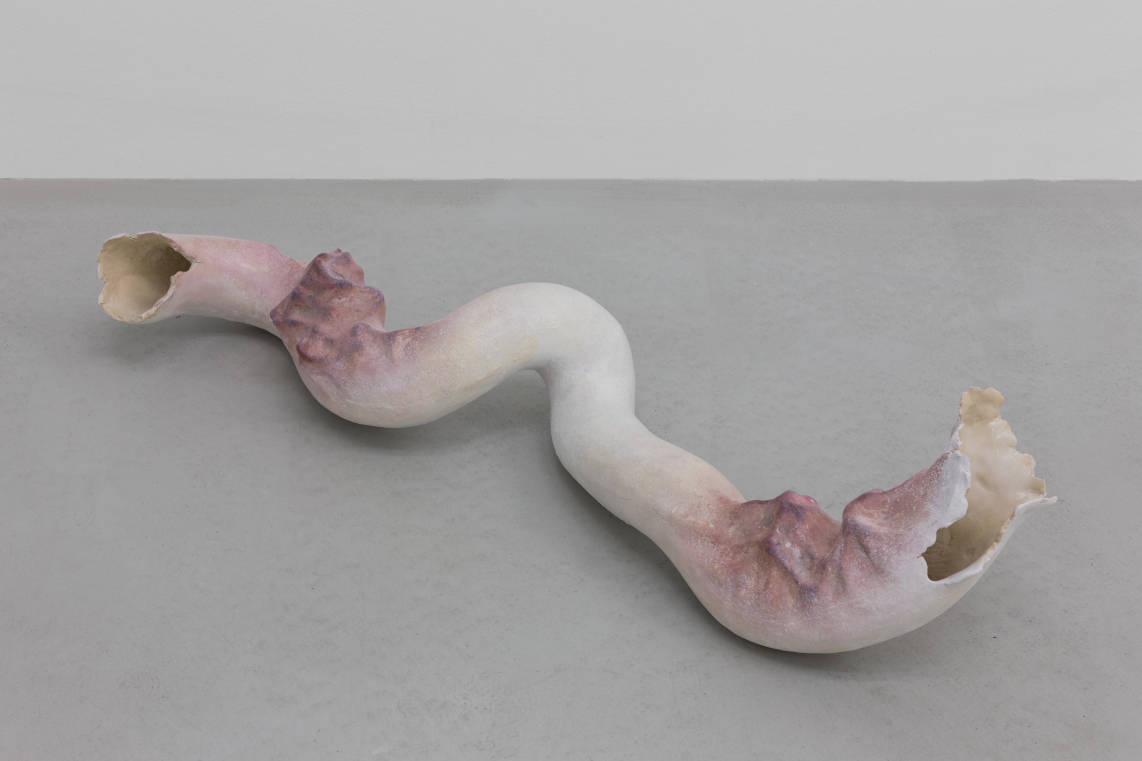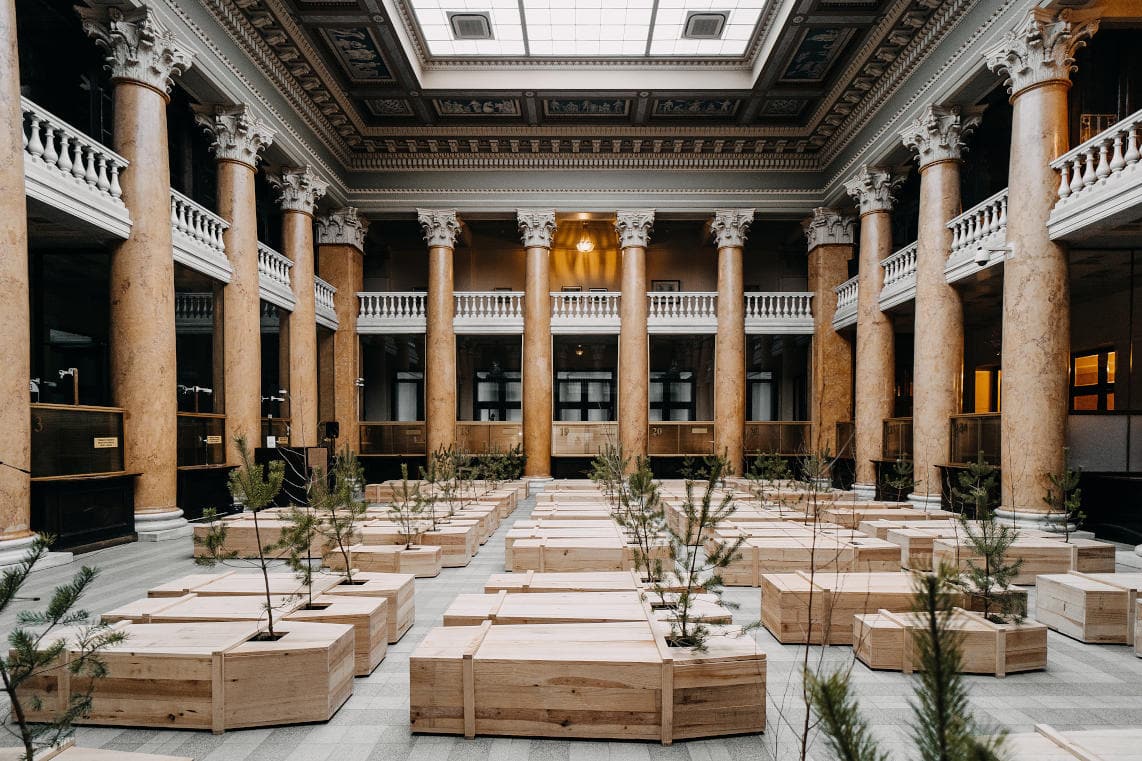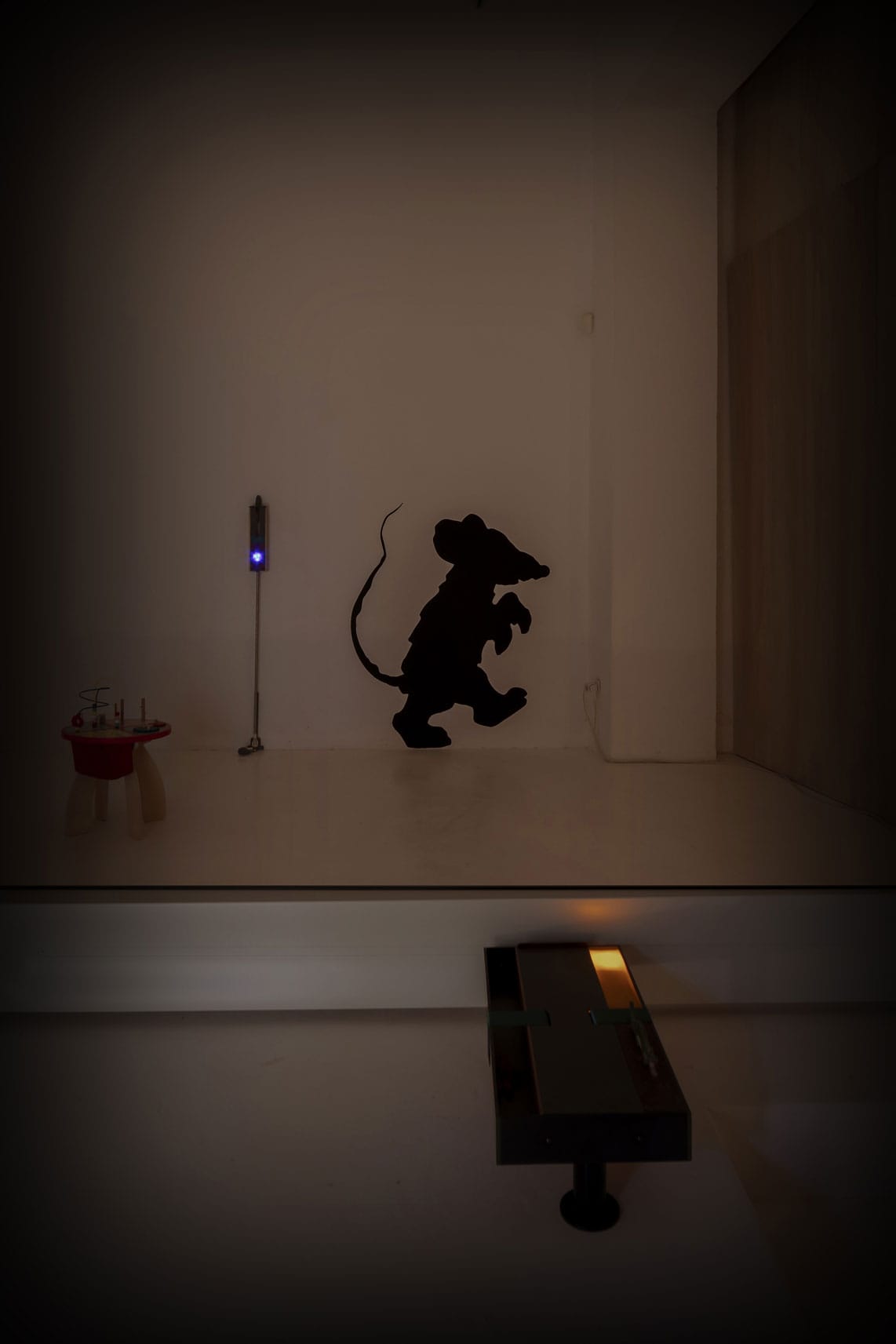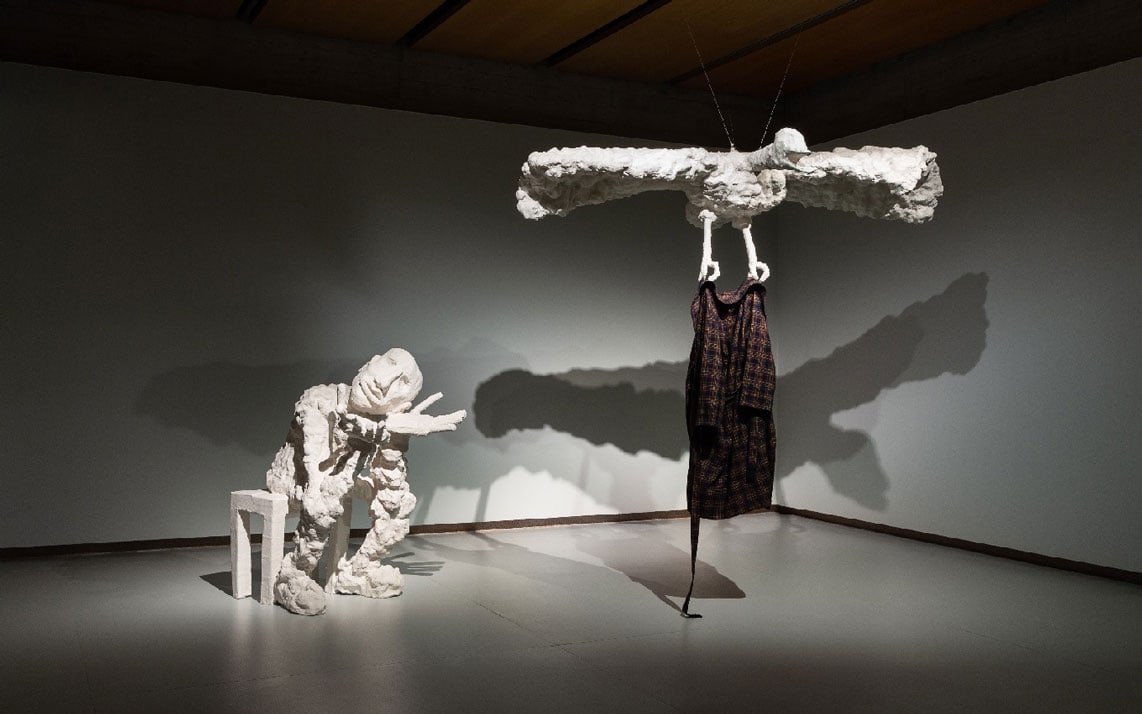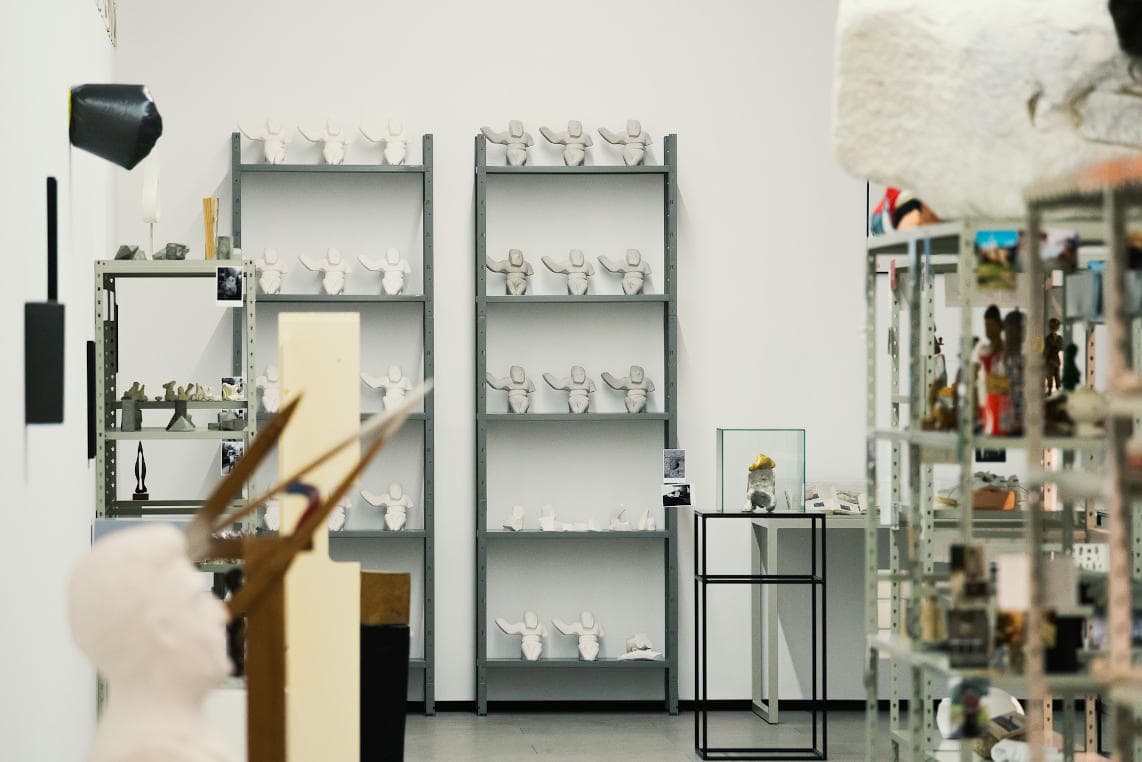Sometimes it is better to start at the end: Francis Bacon was – his work still is – one of the most remarkable painters of the 20th century. It is unfair and absurd to assume that, for this reason, it is redundant to make an exhibition about him in 2019. The trivialization of some authors by subsequent generations, in response to their success, is a common trend, but of little benefit. The issue is highly complex, it deals with commercial, political and institutional interests of some artists, whose importance becomes autophagic for the artistic environment itself, preventing the appearance of new and less visible names. But the balance is fundamental. The countless “cultural agents” must have the necessary knowledge and sensitivity, so that the institutions are not seduced by fundamentalist academic stances (including anti-academism), nor by business logics. These, in the long run, may result in an amputated artistic scene, in quality and diversity.
Timelessness is something consensual when analysing a work of art. For this reason, artists, aesthetic concerns and themes from other historical periods, which prove to be current and important in the development of art and contemporary artists, are cyclically referred to – in Portugal, we recently revisited the singular work of Álvaro Lapa, which should serve as inspiration for many others; Joaquim Bravo, for example. This also happens with Francis Bacon. His relevance remains, and becomes even more important at a time when this artistic genre is experiencing a new boom.
Bacon en toutes lettres brings together a considerable number of paintings from the last 20 years of the artist’s life, usually scattered around the world. In most museums of modern and contemporary art, they only show their place in some chronological sequence. The most important aspect of this exhibition is this: the simple possibility of relating multiple paintings to each other. Bacon claimed that painting was a way of excitement. And, in fact, the passage from one canvas to another happens through impulses and sensations, perceptible only in a broad view of the whole.
The violence of Bacon’s pictorial universe, once more explicit, becomes paradoxically more corrosive at this stage. This happens through the juxtaposition of contradictory movements or states: explosion and compression; liquid and solid. Therefore, the brutality seen on the canvases is not imagery, but the result of the act of painting. This game of opposites is underlined in the relationship between figure and background, where the oil pastel creates large opaque surfaces of vibrant colours, cut by the rigidity of geometric structures, where the volumes, the “boneless bodies”, are born. These, despite their fluidity (conferred by the almost atmospheric internal composition, corrupted by splashes and masses of paint), are trapped in the dense space they inhabit.
This exhibition has less-known works, such as the various parts of the Study of the human body, the landscapes, or the odd Street scene (With car in distance) of 1984. In addition to the various triptychs and revisitations to George Dyer, his companion who committed suicide in 1971, days before the opening of the retrospective exhibition at the Grand Palais, who intended to affirm Bacon as one of the greatest names in 20th-century art.
This was actually the starting point for the exhibition at the Centre Pompidou: the journey from the exhibition at the Grand Palais, and Dyer’s passing, to the artist’s own death in 1992. This makes the dialogue established between Bacon and the books difficult to understand, as the title states. The six small divisions of the exhibition, where sound excerpts from texts that fed the imagination of the British painter – who repeatedly stated his lack of interest in the narrative interpretation of his painting efforts – are practically ignored by thousands of daily visitors. Furthermore, the connection is superficial to say the least, because it seems to add little or nothing to such a complex pictorial universe; why books, when, in this case, paintings are what matter?
Bacon en toutes lettres is at the Centre Pompidou in Paris, until 20 January 2020.
